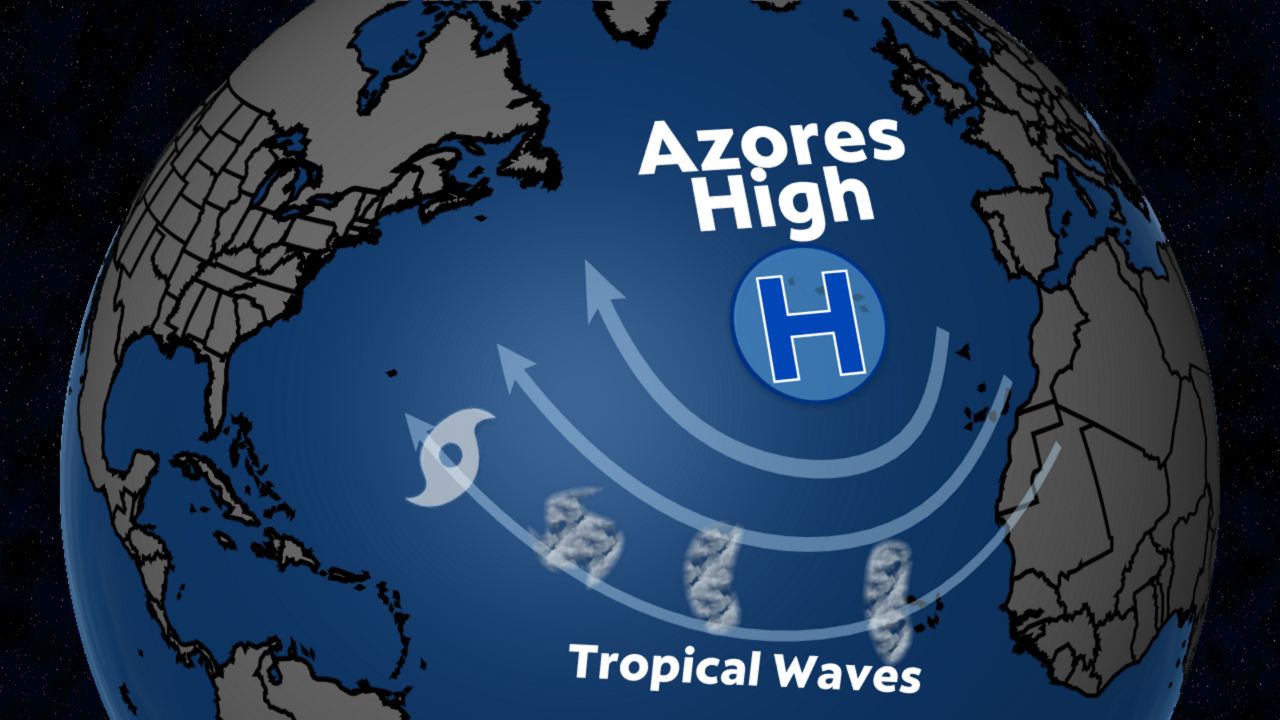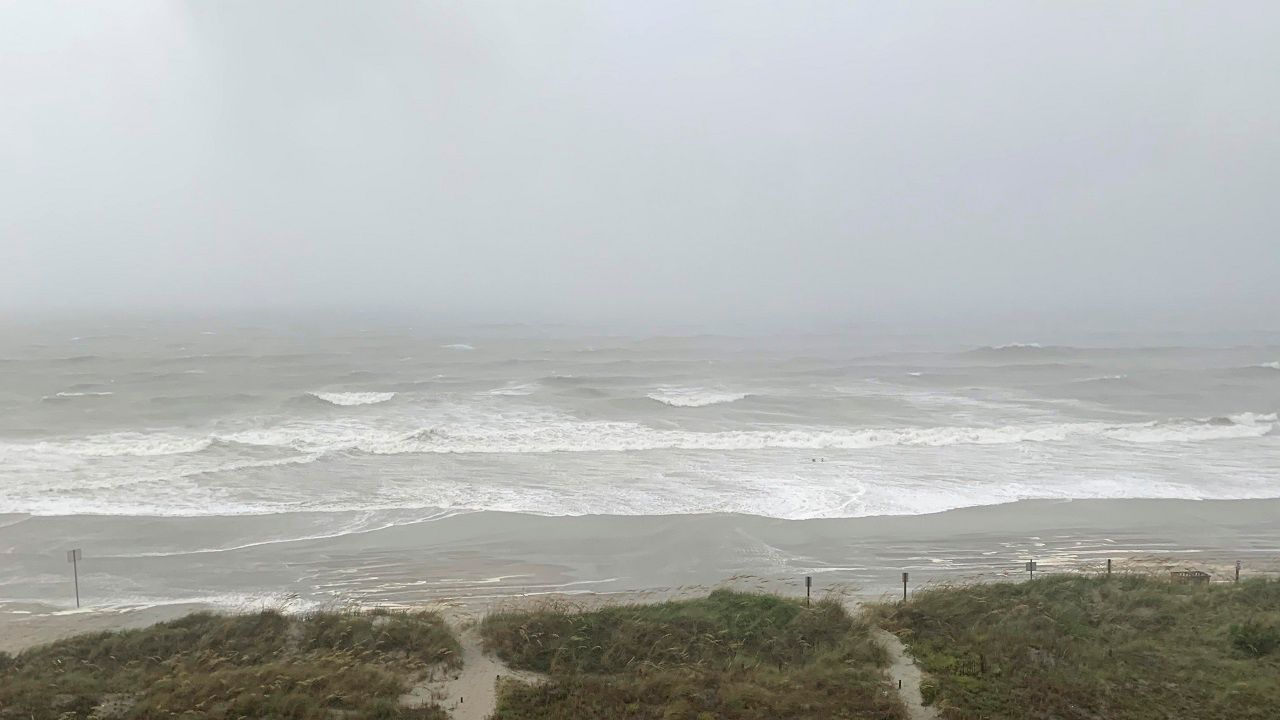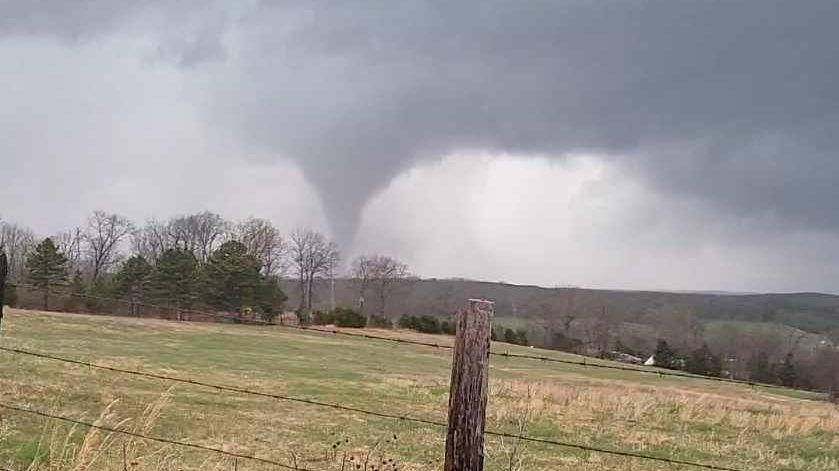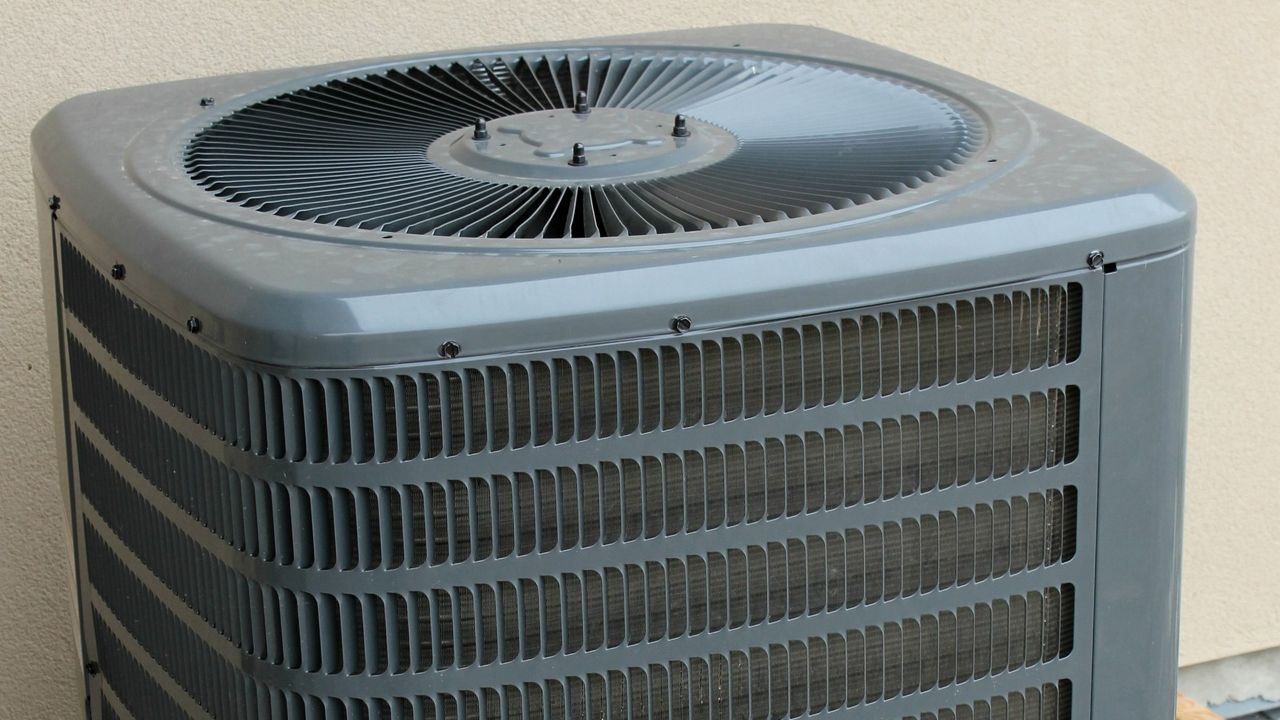You have likely heard meteorologists mention tropical waves, but what in the world are they?
The simple explanation is that they are pieces of energy moving across the tropics. More specifically, they are troughs of low pressure, typically orientated in a north-south direction.
Tropical waves often move from east to west in the tropics, and they typically cause areas of showers and thunderstorms. Tropical waves move this direction because of the prevailing easterly winds that help steer them in a westward motion. These winds are usually in place in the tropical regions.
Tropical waves occur regularly, and into August and September, a parade of these waves often emerges off the coast of Africa. Those waves will then get carried in an overall westward motion across the Atlantic.
How far north they make it all depends on the orientation of the large ridge of high pressure over the Atlantic.

Some of these tropical waves can sustain enough rain and thunderstorm activity that they develop a cyclonic circulation. If conditions allow, they can then develop into tropical storms and hurricanes.
According to NOAA, around 60% of Atlantic Basin tropical systems and around 85% of major hurricanes originate as tropical waves.
It's always been fascinating to me that many of our Atlantic and Gulf of Mexico hurricanes originated as clusters of thunderstorms over Africa.
Our team of meteorologists dives deep into the science of weather and breaks down timely weather data and information. To view more weather and climate stories, check out our weather blogs section.





)


